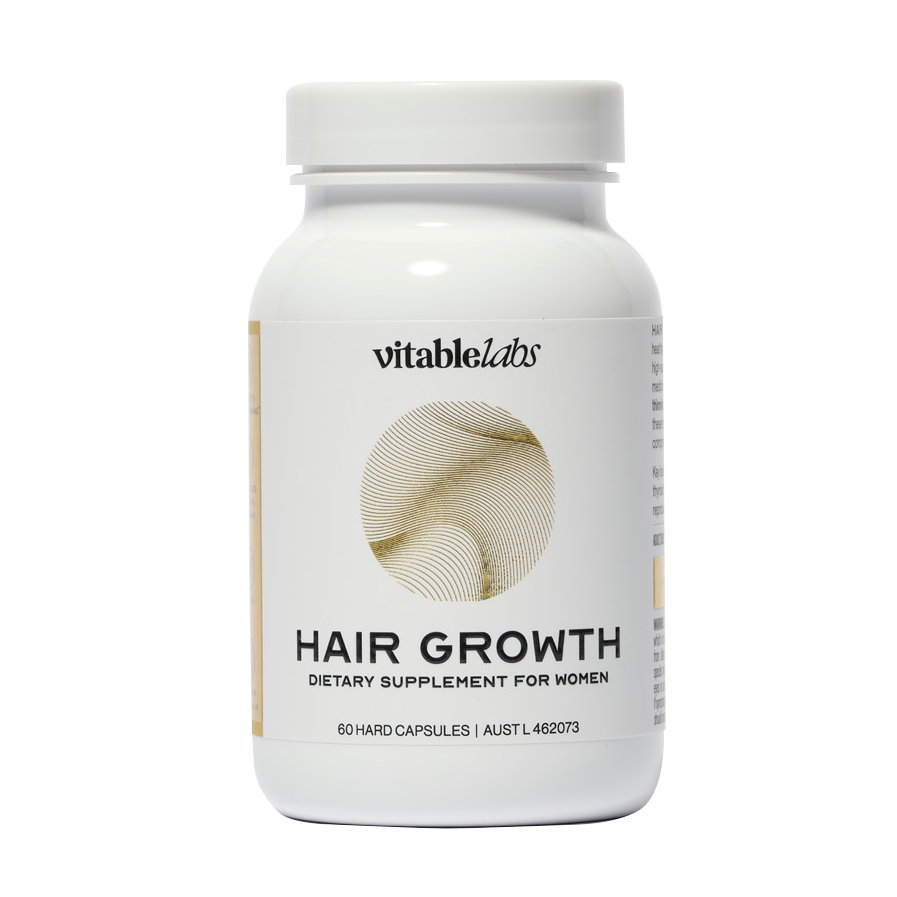We’ve all heard that eating plenty of fruits and vegetables is vital for overall health, but how often do we think about the specific vitamins and minerals powering our bodies? Among these, vitamin D—stands out as a key player in supporting women’s health. Let’s delve into the science behind this powerful nutrient and uncover why vitamin D deserves a place in your health routine.
Why is Vitamin D Important for Women?
Vitamin D is essential for numerous bodily functions, but its benefits for women are particularly noteworthy. Here are some of the key ways this nutrient supports your health:
1. Supports strong bones
Vitamin D facilitates the absorption of calcium and phosphate, which are crucial for maintaining strong, healthy bones. This is especially important for women, as bone density naturally decreases with age, especially after menopause. Low vitamin D levels can cause bones to lose density over time and become weaker, which increases the risk of fractures associated with osteoporosis (1).
2. Maintains good muscle function
Vitamin D plays an important role in supporting muscle health by helping our muscles repair and regenerate after injury. It does this by promoting the growth and development of our muscle cells, improving muscle strength, and helping to maintain muscle function as we age. Studies have shown that people with low vitamin D levels are more likely to experience muscle weakness and slower recovery from exercise (2).
3. Strengthens your immune system
Vitamin D plays a crucial role in supporting the body's defense against harmful bacteria and viruses. It not only helps protect against infections but also supports a balanced immune response, preventing excessive inflammation that could hinder recovery. Maintaining adequate vitamin D levels can help keep your immune system strong and resilient. (3).
4. Provides nervous system support
Vitamin D supports the nervous system by regulating mood through neurotransmitter production, and reducing inflammation that can affect overall mental well-being. It also helps protect nerve cells and supports cognitive function, which is especially important during hormonal changes such as pregnancy, postpartum, and menopause (4).
What Happens When Vitamin D is Low?
Vitamin D deficiency is more common than many people realise with nearly one in four Australian adults vitamin D deficient (5). This can have widespread effects on the body with low levels of vitamin D being linked to:
- Increased risk of bone pain and bone fractures later in life.
- Muscle pain and muscle weakness.
- Higher susceptibility to illnesses due to a weakened immune system (6).
Checking your vitamin D status could reveal an important piece of the puzzle.
Sources of Vitamin D
Vitamin D occurs in two forms. One is produced by the action of sunlight on skin (D3 or cholecalciferol) and the other is found in a limited range of foods (D2 or ergocalciferol) (7). Ensuring you get enough vitamin D doesn’t have to be complicated. Here are the three easy ways to maintain healthy levels:
1. Sunlight
Spending time outdoors is one of the simplest and most natural ways to boost your vitamin D levels. When UV rays hit your skin, they trigger vitamin D production. Just 10–15 minutes of daily sun exposure, 2-3 times per week can provide a significant benefit (7). However, always be mindful of sun safety and use SPF to protect against overexposure.
2. Quality Food Sources
It is difficult to get enough vitamin D from diet alone however, certain foods can contribute to your daily vitamin D intake, including:
- Fatty fish like trout, salmon, tuna, sardines and mackerel.
- Beef liver, egg yolks, and cheese.
- Mushrooms exposed to sunlight or UV light (6).
3. Supplements
For those unable to get enough vitamin D from sunlight or diet, supplements are a convenient option. Look for bioavailable forms, like vitamin D3, which your body absorbs more effectively.
Individuals who get some sun exposure but not enough to meet recommended levels should aim for at least 600 IU of vitamin D daily, or 800 IU per day for those over 70 years of age. Those who avoid the sun or have a higher risk of vitamin D deficiency may need higher amounts, typically between 1,000 to 2,000 IU per day (8). It’s important to discuss the right levels for your needs if you're taking supplements–be sure to monitor your levels and consult with your healthcare provider.
References
- Mei Z, Hu H, Zou Y, Li D. The role of vitamin D in menopausal women's health. Front Physiol. 2023 Jun 12;14:1211896. doi: 10.3389/fphys.2023.1211896. PMID: 37378077; PMCID: PMC10291614.
- Agoncillo, M., Yu, J., & Gunton, J. E. (2023). The Role of Vitamin D in Skeletal Muscle Repair and Regeneration in Animal Models and Humans: A Systematic Review. Nutrients, 15(20), 4377. https://doi.org/10.3390/nu15204377
- Aranow C. Vitamin D and the immune system. J Investig Med. 2011 Aug;59(6):881-6. doi: 10.2310/JIM.0b013e31821b8755. PMID: 21527855; PMCID: PMC3166406.
- Boulkrane MS, Fedotova J, Kolodyaznaya V, Micale V, Drago F, van den Tol AJM, Baranenko D. Vitamin D and Depression in Women: A Mini-review. Curr Neuropharmacol. 2020;18(4):288-300. doi: 10.2174/1570159X17666191108111120. PMID: 31701847; PMCID: PMC7327938.
- Dunlop, E., Boorman, J. L., Hambridge, T. L., McNeill, J., James, A. P., Kiely, M., Nowson, C. A., Rangan, A., Cunningham, J., Adorno, P., Atyeo, P., & Black, L. J. (2023). Evidence of low vitamin D intakes in the Australian population points to a need for data-driven nutrition policy for improving population vitamin D status. Journal of human nutrition and dietetics : the official journal of the British Dietetic Association, 36(1), 203–215. https://doi.org/10.1111/jhn.13002
- Vitamin D: Fact Sheet for Health Professionals. Office of Dietary Supplements, National Institutes of Health, n.d., https://ods.od.nih.gov/factsheets/VitaminD-HealthProfessional/. Accessed 22 Jan. 2025
- Vitamin D: Nutrient Reference Values for Australia and New Zealand." Eat for Health, National Health and Medical Research Council, n.d., https://www.eatforhealth.gov.au/nutrient-reference-values/nutrients/vitamin-d. Accessed 22 Jan. 2025.
- Vitamin D & Bone Health. Healthy Bones Australia, n.d., https://healthybonesaustralia.org.au/your-bone-health/vitamin-d-bone-health/. Accessed 22 Jan. 2025.







